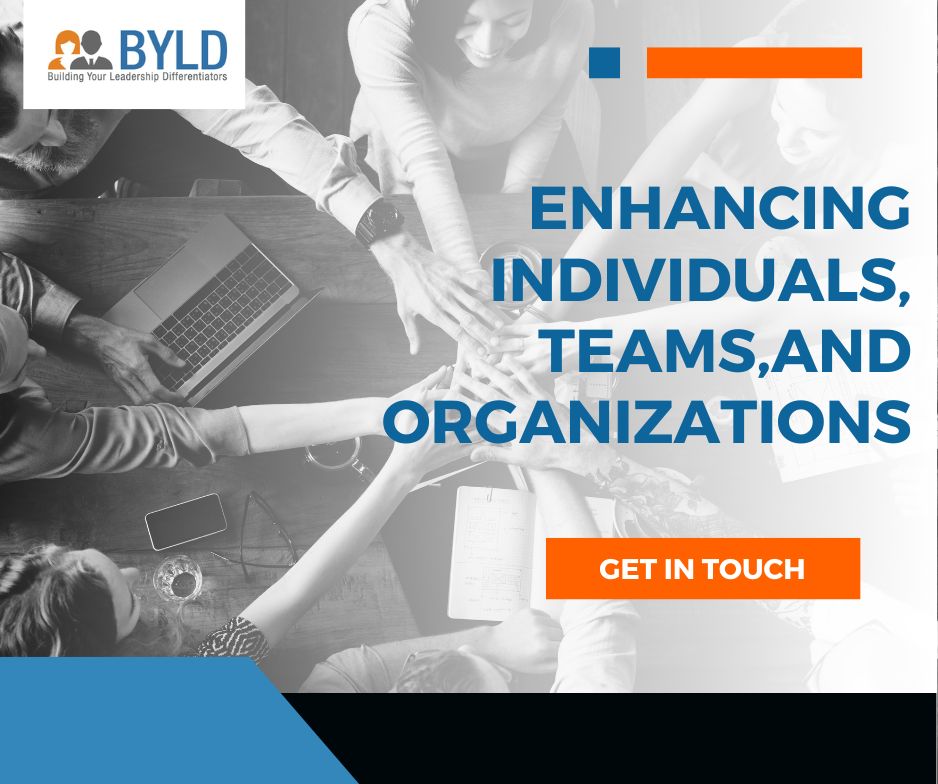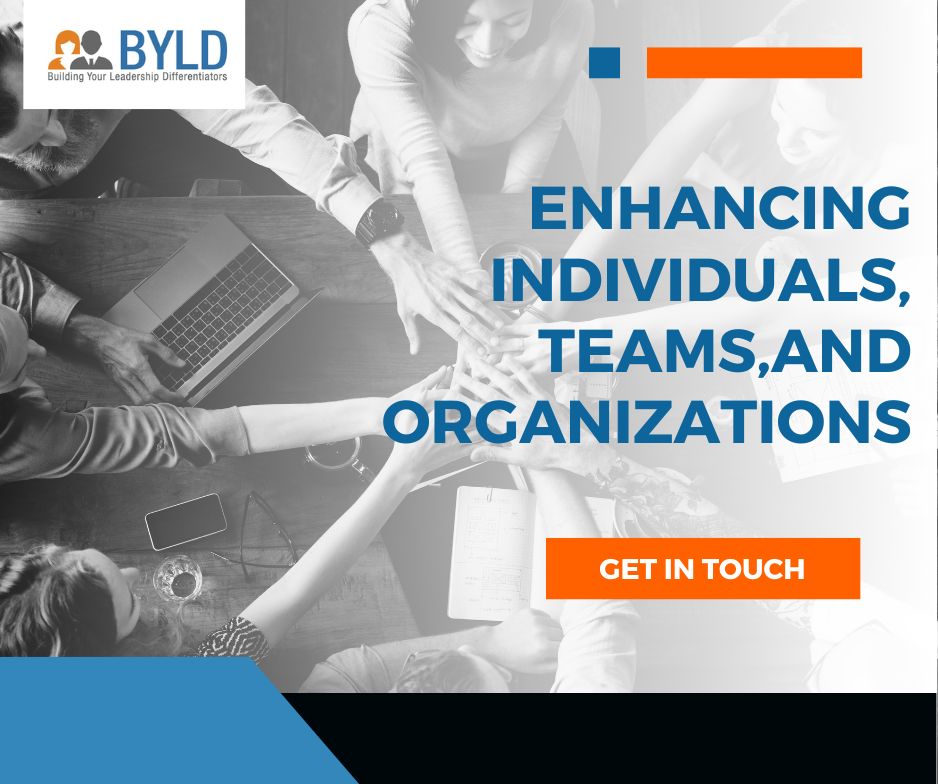
Diffusing Increasing Employee Resistance in Your Team with Team Development

Article Content
Overview
Are you tired of battling the workplace dragon daily, struggling to conquer employee resistance and create a harmonious team environment? If yes, now is the time for some introspection and action. This is because employee resistance is a common problem that often results in poor morale and decreased productivity. Further, employee resistance is inevitable, hindering progress and creating team tension. To overcome these challenges, companies must prioritise team development programs that foster personal growth and enhance collaboration.
A report by Deloitte found that organizations with a strong focus on team development and collaboration experience 5.2 times higher employee retention rates.
So, you must create opportunities for team building and collaboration to help employees feel more connected to their colleagues and remain motivated to do their best work. Further, when managers take the time to foster a positive and supportive team environment, they can significantly reduce employee resistance and create a more productive workplace.
The Need for Team Development Programs in an Organization
Team development programs empower employees to grow both personally and professionally. By investing in their development, companies create an environment that promotes trust, open communication, and collaboration. Here are some compelling reasons to prioritize team development in your organization:
1. Enhanced Productivity – According to a study conducted by Gallup, highly engaged teams show a 21% increase in productivity compared to disengaged teams. Team development programs help employees align their skills and goals, improving overall performance and personal development.
2. Improved Collaboration – Employees who work together more effectively can better resolve conflicts and achieve goals. Also, it enables employees to share knowledge, leverage each other’s strengths, and solve problems more efficiently.
3. Foster Innovation – Team development encourages creativity and fosters an environment where diverse ideas can flourish. A study conducted at MIT found that companies focusing on team development outperform their competitors in terms of innovation and market share growth.
4. Optimized Employee Engagement – When employees feel valued and supported in their personal and professional growth, their level of engagement soars. It is no secret that engaged employees are loyal to an organization, leading to reduced turnover rates and increased performance.
5. Better Conflict Resolution – Effective team development programs provide employees with tools and techniques to handle conflicts constructively. Further, it can help in improved communication, reduced tension, and more cohesive teams.
5 Tips to Resolve Tension within Your Employees
In any organization, change is inevitable. And with change comes resistance. Whether it’s a new process, departmental restructuring, or cultural shifts, employees will often resist anything that represents a change in their workplace. Let us explore five practical tips to diffuse employee resistance and foster a harmonious work environment:
1. Facilitate Open Communication – Establish a culture that values open and transparent communication. Encourage team members to express their concerns, ideas, and feedback freely. Listen to their viewpoints and promptly address conflicts to enhance personal development and team collaboration.
2. Nurture Trust and Psychological Safety – Build trust within your team by creating an environment where individuals feel safe to share their opinions without fear of judgment or retribution. Encourage teamwork and celebrate collective successes to make employees feel valued and important.
3. Promote Personal Development – Provide opportunities for personal growth and skill development. Offer training programs, workshops, and mentorship opportunities that allow employees to expand their knowledge and enhance their capabilities.
4. Encourage Team-Building Activities – Organize team-building activities that encourage collaboration, trust-building, and problem-solving. These activities can range from group projects to off-site retreats, fostering more robust team development and understanding among team members.
5. Set an Inspiring Precedent – As a leader, it is crucial to model the behavior and values you expect from your team. Demonstrate empathy, active listening, and practical communication skills. Encourage and recognize the efforts and accomplishments of team members.
Conclusion
A successful organization relies heavily on its cohesive and high-performing teams in an ever-changing business landscape. By prioritizing team development programs, companies can not only diffuse employee resistance but also unlock the full potential of their workforce. Remember, investing in your team’s development is an investment in your company’s future.
Related Posts







